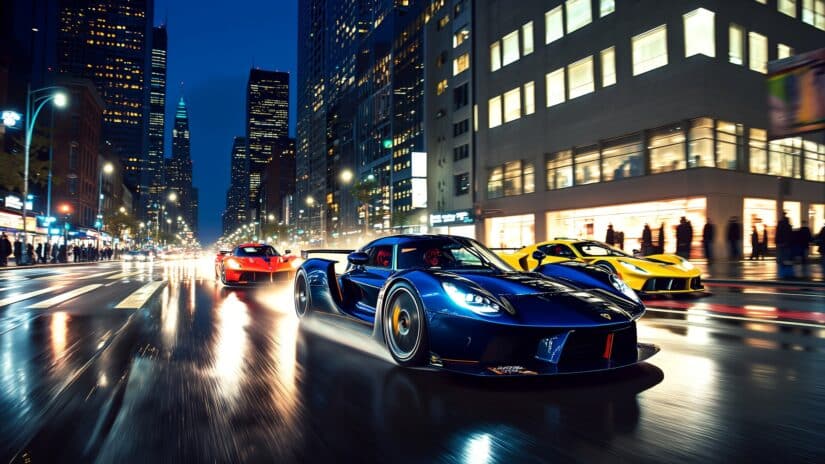
The Beauty and the Beast of Supercars
Exotic cars have always represented the peak of automotive passion, stunning design, roaring engines, and incredible top speed. From Los Angeles to Monterey Car Week, enthusiasts gather to celebrate these machines at events like Pebble Beach Concours and Concorso Italiano. But behind the glamour lies danger.
Many of these vehicles were engineered for professional racers, not weekend drivers. Without the right driver skill level, traction control systems, or stability management systems, one mistake could lead to a catastrophic vehicle crash. These cars blurred the line between dream and danger, often punishing overconfidence.
Below are some of the most dangerous supercars ever built machines that demanded respect, control, and skill few drivers possessed.
Porsche 911 Turbo (930) – The Original Widowmaker

The Porsche 930, often nicknamed the “Widowmaker,” combined a rear-engine layout with a sudden surge of turbo power. Lifting off the throttle mid-corner could trigger violent oversteer, sending the car spinning off the road before drivers could react.
Even with advanced crumple zones and improving braking systems, early models were unforgiving. Porsche 962 racers were dominating Le Mans, but their street cousins still required professional reflexes. It was a lesson that even normal cars with similar layouts couldn’t prepare drivers for the raw nature of the 930.
Dodge Viper RT10 – Brutal Power Without Mercy
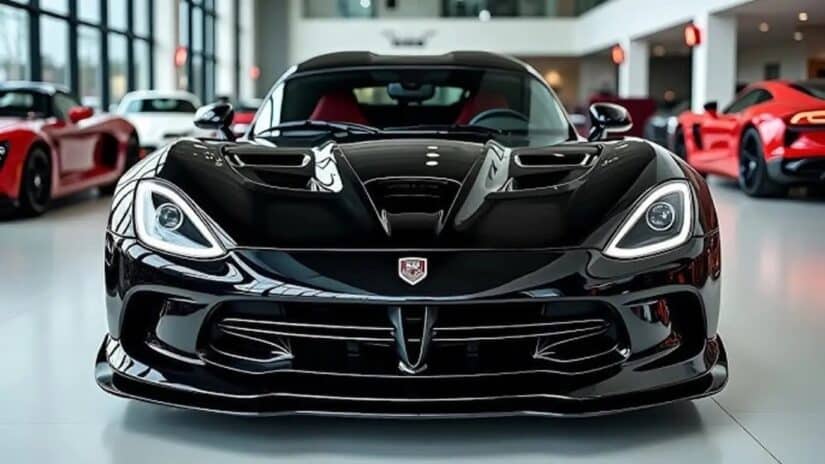
The Dodge Viper RT10 was America’s answer to pure, unfiltered performance. Powered by a Le Mans V10 engine derived from a truck platform, it was an untamed beast.
There were no safety technologies like traction or stability management systems, just a 450-horsepower monster waiting to strike. Drivers who underestimated it, especially in the rain, quickly learned that smooth inputs and total respect were mandatory.
The Viper’s carbon fiber construction and raw torque gave it staggering performance, but without modern aids, its behavior could be lethal for anyone lacking experience.
Lamborghini Countach – The Italian Dream, the Driver’s Nightmare
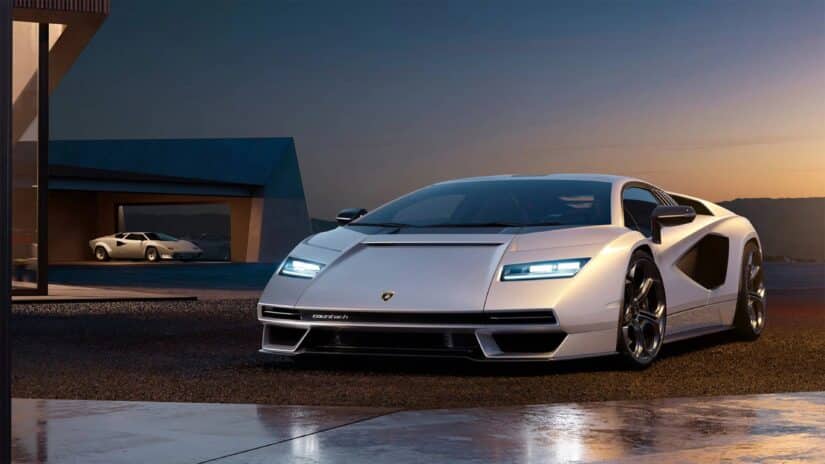
The Lamborghini Countach, perhaps the most iconic of all exotic cars, demanded more from its driver than it gave in comfort. The clutch was heavy, visibility nearly nonexistent, and handling at the limit dangerously unpredictable.
Even its braking was inconsistent, forcing drivers to anticipate every maneuver. For inexperienced owners drawn in by its looks, the Countach proved that beauty and danger often came hand in hand.
Ferrari F40 – The Ultimate Challenge
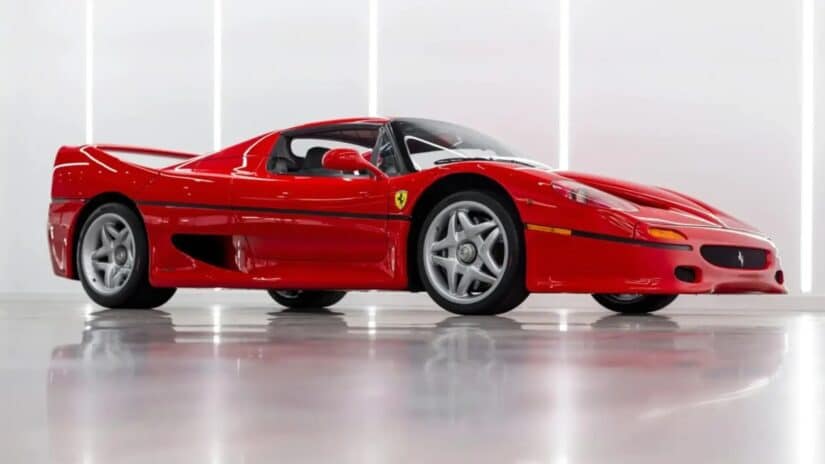
The Ferrari F40, Ferrari’s last personally approved car by Enzo Ferrari, remains a legend. With its carbon fiber construction, turbocharged V8, and minimal driver assistance, it was a pure race car with license plates.
At full throttle, it could surpass 200-mph cars, but only if the driver had track-level focus. One misjudged movement of the throttle or brake could send it into uncontrollable oversteer.
Compared to normal cars, the F40 was savage; its crash test performance reflected the raw engineering of the era. No airbags, no traction control, and no second chances.
TVR Cerbera Speed 12 – The Untamed Titan
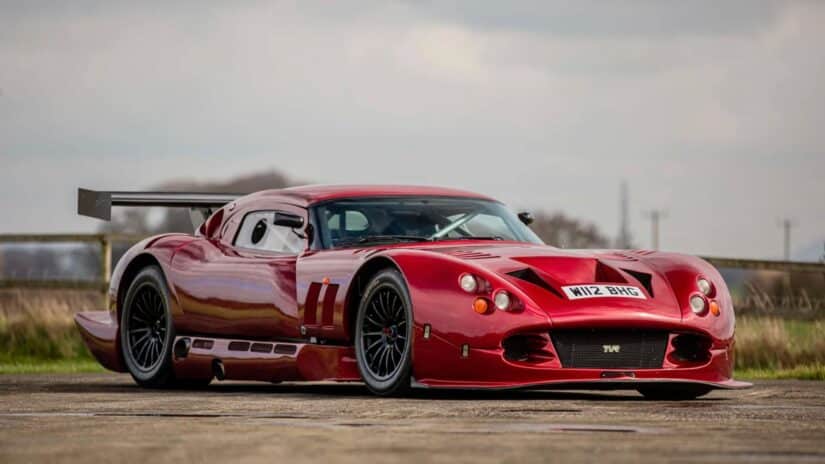
The Cerbera Speed 12 from TVR was not just a supercar, it was borderline madness. Powered by an engine derived from two Mercedes V12 blocks, it was so powerful that TVR refused to sell it to the public after realizing its danger.
With no traction control systems or stability management systems, it could break traction at any speed. Its juvenile nature made it thrilling yet terrifying one of those stolen muscle cars of performance lore that could never be fully tamed.
Even TVR engineers admitted that its performance exceeded human capability, proving that sometimes, too much power really is too much.
Shelby Cobra 427 – Power Without Pity
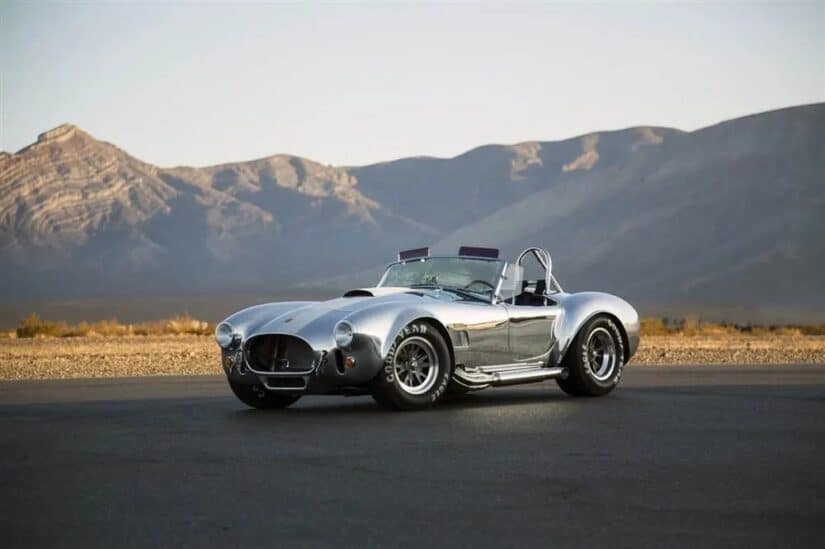
The Shelby Cobra 427 was a simple formula: a small lightweight chassis paired with a massive American V8. But simple didn’t mean safe.
With limited grip, no aerodynamics, and tires that couldn’t handle its power, it was an expert’s machine. Many early vehicle crashes involved Cobras that lost traction under hard acceleration.
Even modern reproductions are challenging to drive, though newer safety technologies help manage torque delivery. The original Shelby Cobra remains an icon of power and danger.
Porsche Carrera GT – Modern Widowmaker
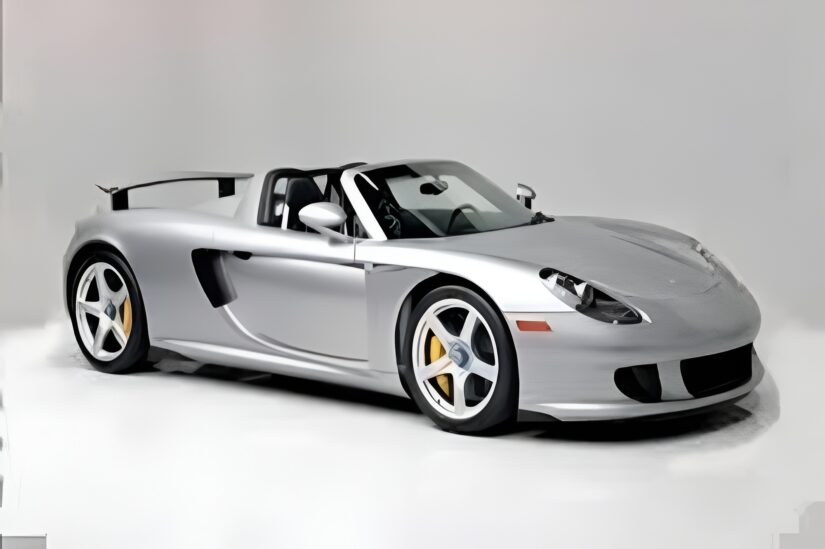
The Carrera GT gained a reputation eerily similar to its ancestor, the Porsche 930. Equipped with a screaming Le Mans V10 engine, it had razor-thin margins for error.
When actor Paul Walker tragically died in one, it reignited the discussion about performance vs. safety. Despite its carbon fiber construction, advanced crumple zones, and modern airbag configurations, its lack of stability management systems made it demanding even for seasoned professionals.
The Carrera GT proved that even with modern materials, physics always wins.
Ruf CTR Yellowbird – Lightweight Terror
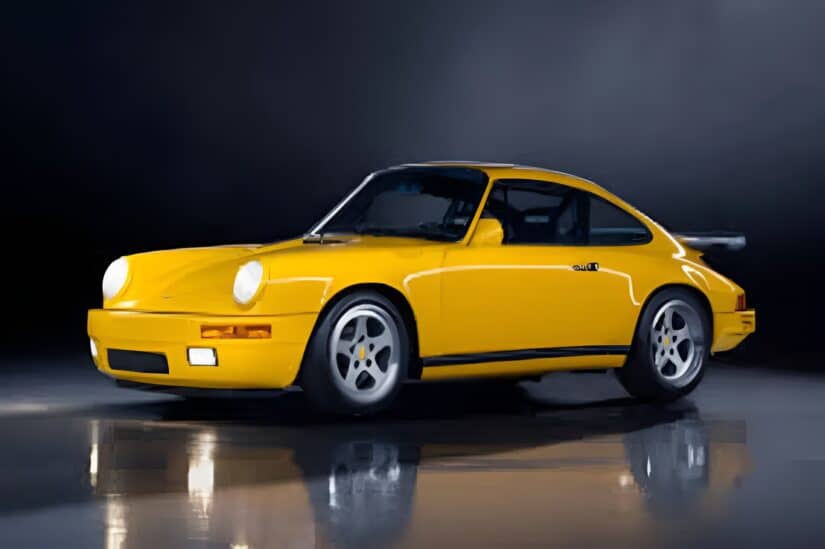
The Ruf CTR Yellowbird, based on a Porsche 911, became legendary for its rawness. Its lightweight build and turbocharged engine made it blisteringly fast, with minimal electronic assistance.
On the Nürburgring, it was a hero; on public roads, a hazard. Without traction aids or driver assists, it was easy to push beyond its limits. This car showed how a skilled driver could dominate it but also how an inexperienced one could destroy it.
Ferrari 288 GTO – The Predecessor to the F40
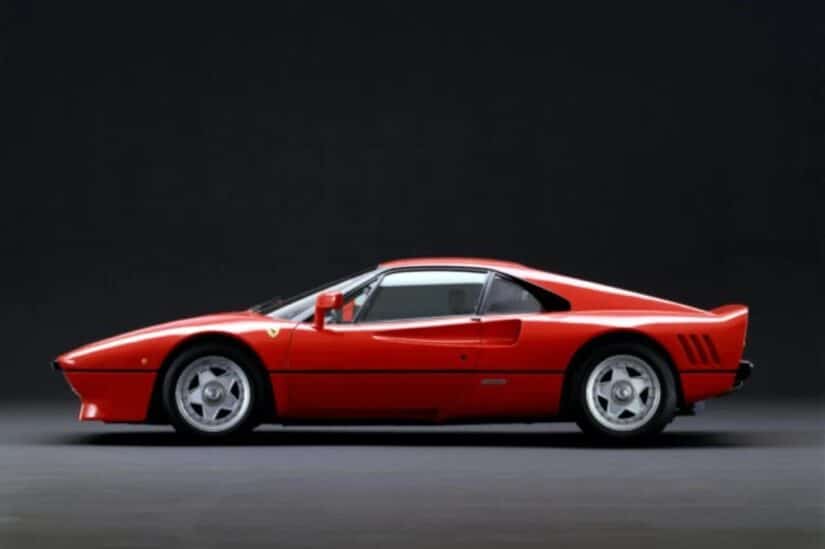
Before the Ferrari F40, there was the 288 GTO a car designed for Group B racing that never happened. With massive turbo power and mid-engine layout, it was essentially a race car that slipped onto public roads.
The 288 GTO’s aggressive driver behavior required precision. The turbos came on suddenly, and when they did, the rear end could snap out violently. Inexperienced owners who expected normal cars found themselves facing uncontrollable oversteer at terrifying speeds.
Noble M400 – Skill Over Systems
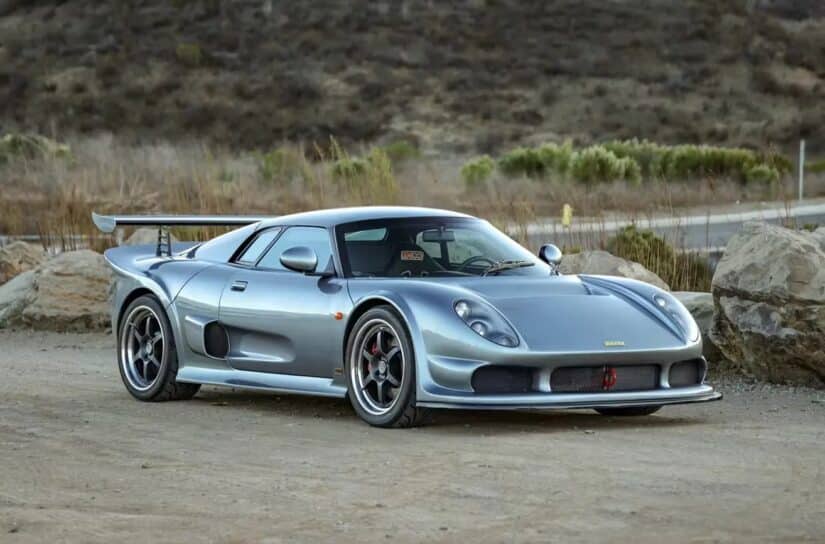
The Noble M400 wasn’t as famous as the Ferrari or Lamborghini, but among enthusiasts, it was known as one of the most dangerous exotic cars ever made for untrained drivers.
Its twin-turbocharged V6 engine, light weight, and complete lack of traction control systems meant everything relied on driver input. Any lapse in focus could cause the car to spin or slide unexpectedly.
It was adored for its purity and feared for its potential to punish errors instantly.
Mosler MT900 – Race Car for the Road
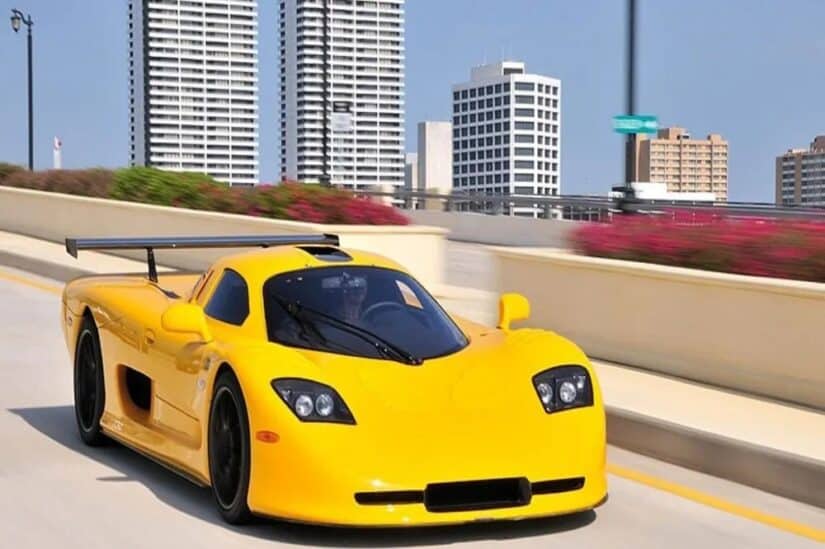
The Mosler MT900 was effectively a race car with road legality. With a mid-mounted supercharged engine and carbon fiber construction, it combined power and agility in an almost alien way.
But it had zero electronic intervention. The raw suspension and immediate steering response made it thrilling for experts and treacherous for beginners. Even seasoned racers admitted that at high top speed, maintaining control required nerves of steel.
Cizeta V16T – Engineering Excess
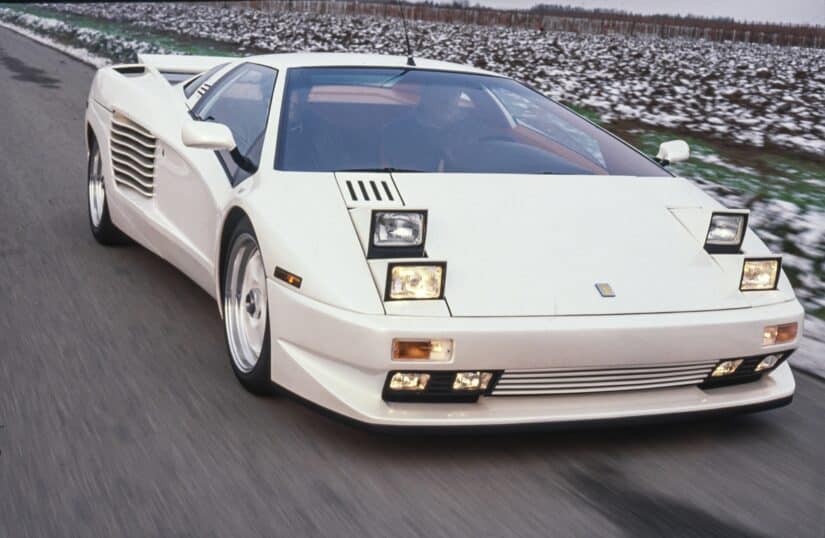
The Cizeta V16T was built around a massive V16 engine, essentially two V8s joined together. While the engineering was ambitious, the results were flawed. Its weight distribution was poor, making it unpredictable at the limit.
Many examples were poorly maintained due to a lack of trained mechanics, which only worsened handling. The car’s braking systems struggled to manage its mass, proving that power without balance can be fatal.
Reliant Robin – The Outlier of Infamy
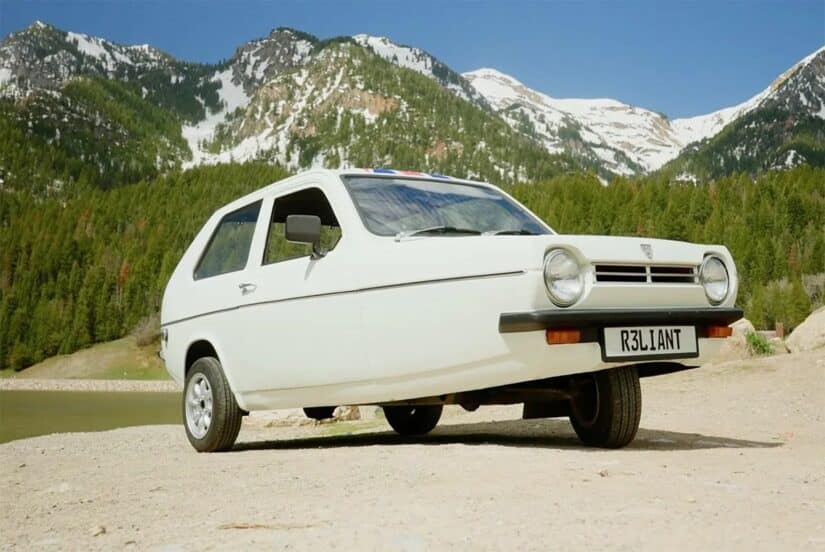
While not a supercar, the Reliant Robin deserves mention for its notorious instability. With only three wheels and poor weight balance, it became famous for rolling over during simple maneuvers.
Though it lacked the power of a Ferrari 12Cilindri or a Mercedes V12, its design flaws made it a different kind of dangerous. It serves as a reminder that safety isn’t always about speed, it’s about stability.
Lessons from Dangerous Machines
All these cars share a theme: too much power, not enough restraint. Without safety technologies like traction control systems, airbag configurations, or advanced crash test performance designs, even the smallest mistake could result in disaster.
Whether it was the unbridled force of a Shelby Cobra, the instability of a TVR Cerbera Speed 12, or the violent acceleration of a Carrera GT, each one revealed the razor-thin line between performance and peril.
For enthusiasts chasing top speed, these cars were intoxicating. But for the unprepared, they were unforgiving reminders that automotive engineering requires not only horsepower but humility.
About Ted Law
Ted Law Firm, stands by victims and families affected by serious car accidents across Georgia and South Carolina. From stolen muscle cars to exotic cars involved in tragic wrecks, the firm offers compassionate legal direction.We serve families across Aiken, Anderson, Charleston, Columbia, Greenville, Myrtle Beach, North Augusta and Orangeburg.With a deep understanding of accident law and commitment to fairness, Ted Law ensures that every client receives strong representation, clarity, and care through every stage of their recovery.Contact us today for a free consultation
